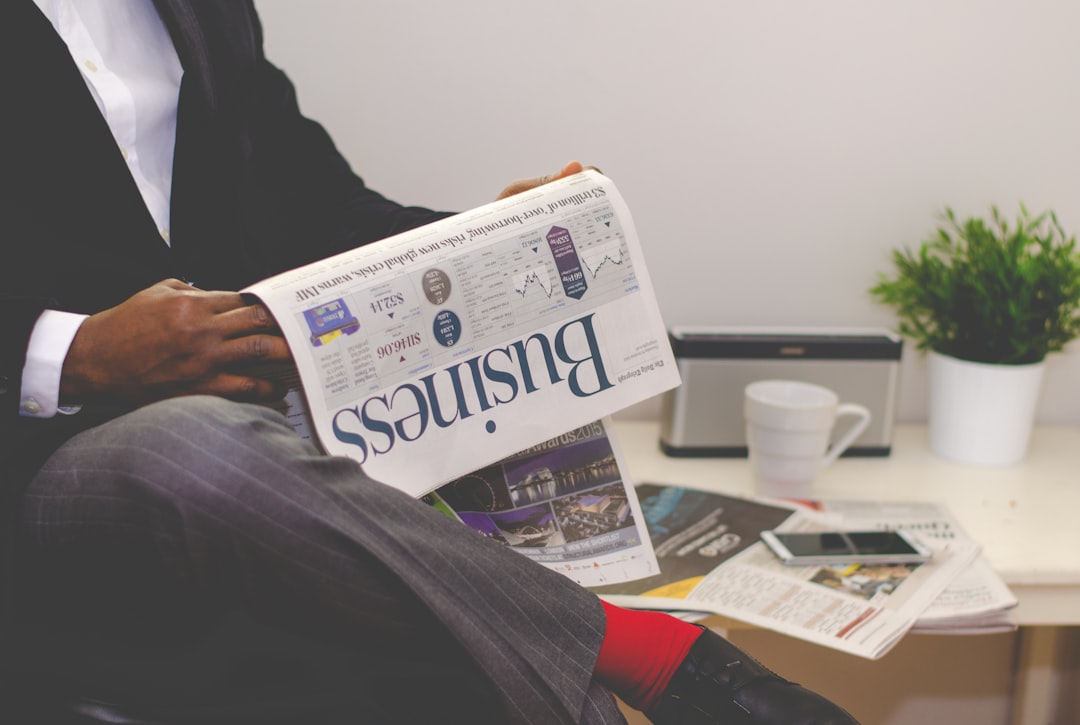
Understanding the Economics of Public Health: A Comprehensive Guide
# Introduction. Public health economics is a critical field that examines how economic factors influence public health policies, systems, and outcomes. Understanding the economics of public health not only enhances policy decisions but also improves healthcare delivery and resource allocation. This guide delves into various aspects of public health economics, including its definitions, importance, key concepts, and implications regarding funding, healthcare access, and health outcomes. # What is Public Health Economics?. Public health economics focuses on analyzing the costs associated with healthcare interventions and the overall impact these interventions have on population health. At its core, the discipline seeks to evaluate how public resources can be allocated efficiently to improve health outcomes. The principles of economics, such as scarcity, opportunity cost, and allocation of resources, are applied to understand the economic activities that affect public health systems. By estimating the economic value of health programs, policymakers can make informed decisions about which initiatives to prioritize, ensuring that limited resources are used effectively. # The Importance of Economics in Public Health Planning. In developing effective public health policies, understanding economic principles is essential. Efficient allocation of resources, cost-effectiveness analysis, and health outcomes assessments guide public health officials in their decision-making process. Healthy populations translate to economic productivity, while poor public health often results in increased healthcare costs, loss of workforce productivity, and diminished quality of life. By investing in public health initiatives that demonstrate a favorable cost-benefit ratio, governments and organizations can enhance the health of communities while avoiding the costs associated with untreated diseases, disabilities, and early mortality. # Key Economic Concepts in Public Health. 1. **Cost-Effectiveness Analysis (CEA)**: This tool helps evaluate the relative expenditures for various health interventions against the health outcomes they produce. Health interventions are ranked according to their cost per quality-adjusted life year (QALY) gained. Programs that provide better health benefits for lower costs are prioritized in public health funding. 2. **Return on Investment (ROI)**: Employers and governments increasingly focus on ROI when considering public health programs. The ROI must show that money spent on health interventions will yield financial returns in the form of reduced healthcare costs or increased productivity. 3. **Equity vs. Efficiency**: Public health economics often grapples with the balance between equity (fair access to health services) and efficiency (optimal resource allocation). Policymakers must navigate these competing priorities while ensuring that vulnerable populations are served. 4. **Market Failures**: In public health, various market failures often impede access to healthcare services. Externalities (e.g., vaccinations benefiting the wider community), public goods (clean air and water), and asymmetric information (consumers lacking knowledge about healthcare options) are crucial considerations for economic interventions in public health. # Financing Public Health Initiatives. Funding for public health programs is a significant challenge, particularly when public health economics dictates that preventive measures often provide long-term benefits that are not immediately apparent. Public health programs require sustainable financing from various sources, including government budgets, private sector investments, grants, and community funding initiatives. Moreover, the economic impacts of public health investments can extend beyond healthcare systems, positively influencing education, housing, and overall quality of life. # Implications of Public Health Economics on Healthcare Access. The economics behind public health directly influence access to healthcare services, particularly for marginalized populations. Public health funding strategies must ensure equitable access to healthcare, with special consideration given to communities that face barriers due to poverty, lack of transportation, or inadequate insurance coverage. Studies indicate that equitable healthcare access leads to improved overall health outcomes, reinforcing the notion that investments in public health not only combat diseases but also elevate societal well-being. # Conclusion. Understanding the economics of public health is fundamental for policymakers, health professionals, and the public alike. By applying economic principles to public health strategies, stakeholders can develop informed policies that improve health outcomes, ensure equitable access to services, and create sustainable funding models. As public health faces unprecedented challenges, from global pandemics to chronic disease management, the importance of harnessing economic insights becomes increasingly undeniable. In navigating the complex landscape of public health economics, communities can achieve healthier populations and enhance quality of life through well-informed interventions. Monitoring economic data and outcomes will empower stakeholders to continuously adjust strategies in pursuit of a healthier future. .








